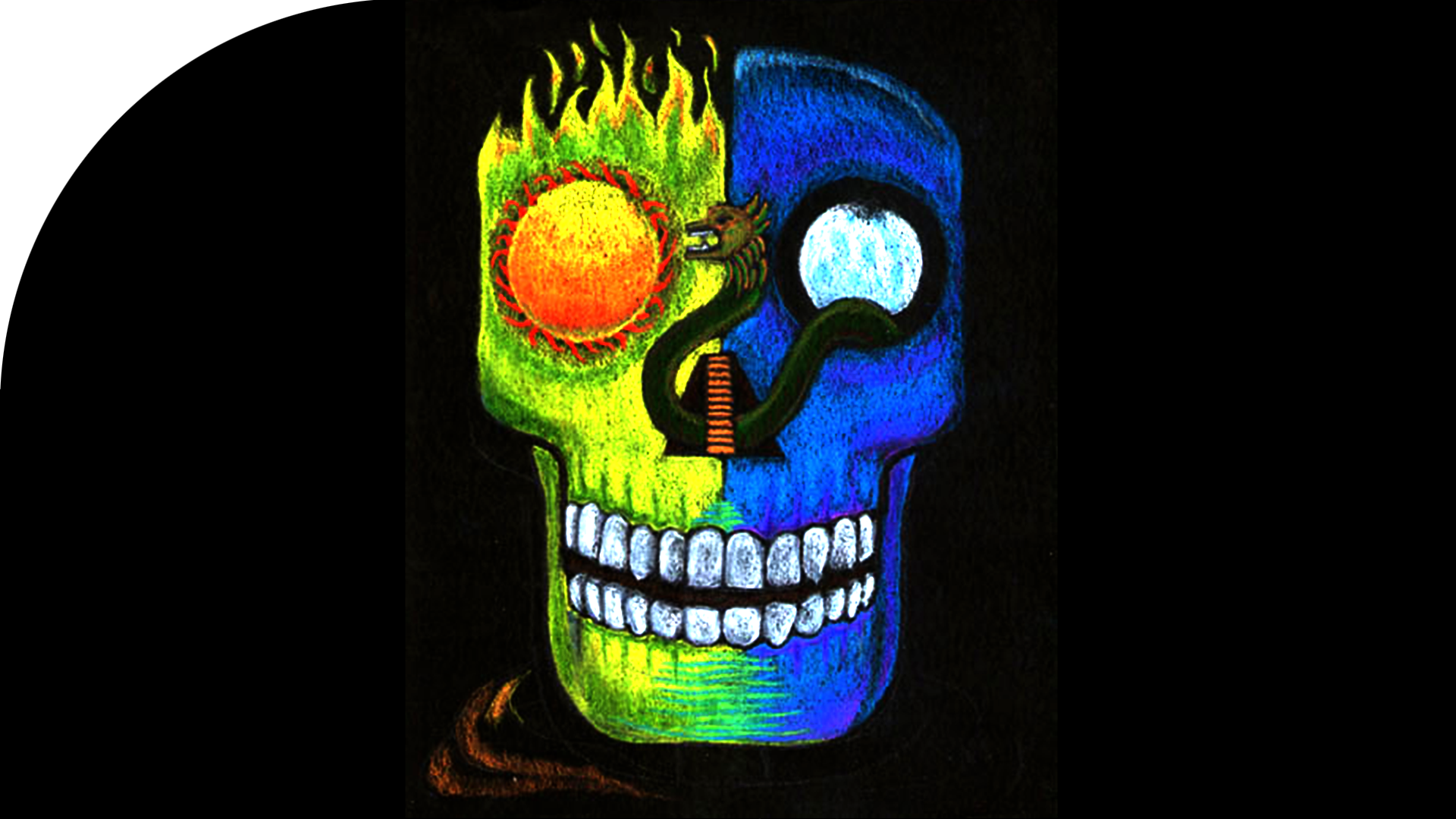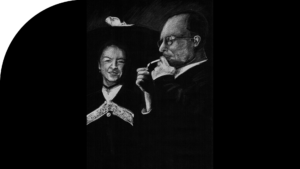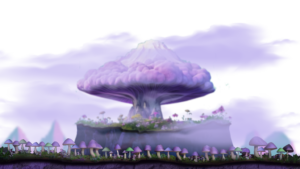In the realm of artistic expression, pastel pencils stand out as versatile tools that offer both precision and flexibility. With their fine tips and vibrant pigments, pastel pencils allow artists to achieve intricate details and subtle nuances in their artwork. In this blog, we embark on a journey to discover the captivating world of pastel pencils and explore the myriad ways they can be used on different surfaces to create stunning works of art.
The Versatility of Pastel Pencils
Pastel pencils combine the best of both worlds: the precision of pencils and the richness of pastels. Their fine, pointed tips enable artists to create fine lines, intricate patterns, and precise details with ease. Unlike traditional soft pastels, pastel pencils offer greater control and can be sharpened to a fine point, allowing for meticulous rendering and delicate shading.
Exploring Different Surfaces
One of the most exciting aspects of working with pastel pencils is their versatility across a wide range of surfaces. Whether it’s paper, board, canvas, or even unconventional surfaces, pastel pencils adapt beautifully to each medium, offering unique opportunities for artistic exploration.
- Paper: Traditional drawing paper provides a smooth surface that is ideal for detailed drawings and sketches with pastel pencils. Artists can experiment with different textures and weights of paper to achieve varying effects, from fine details on smooth paper to textured backgrounds on rough paper.
- Pastel Paper: Pastel paper is specifically designed to work with pastels and pastel pencils, offering a toothy surface that holds onto the pigments and allows for multiple layers and blending. Pastel papers come in a variety of colors, from subtle neutrals to bold hues, allowing artists to experiment with different backgrounds to enhance their compositions.
- Mixed Media Surfaces: Pastel pencils can be used in combination with other artistic mediums on mixed media surfaces, such as toned paper, watercolor paper, or even wood panels. Artists can create dynamic mixed media artworks by layering pastel pencils with watercolor, ink, acrylics, or collage elements to add depth and texture to their compositions.
- Unconventional Surfaces: Beyond traditional art surfaces, pastel pencils can be used on unconventional materials such as fabric, stone, or even metal. Artists can explore the unique textures and properties of these surfaces to create one-of-a-kind artworks that push the boundaries of traditional art forms.
Techniques and Tips
When working with pastel pencils on different surfaces, there are a few techniques and tips to keep in mind to achieve the best results:
- Layering and Blending: Experiment with layering multiple colors and blending them together using a blending stump, tortillon, or even your fingers to create smooth transitions and rich, vibrant colors.
- Cross-Hatching and Stippling: Explore different mark-making techniques, such as cross-hatching and stippling, to create texture and depth in your drawings. Varying the pressure and direction of your pencil strokes can produce a wide range of effects, from subtle shading to bold highlights.
- Fixative Spray: To protect your artwork and prevent smudging, consider applying a fixative spray once your drawing is complete. Make sure to follow the manufacturer’s instructions and apply the fixative in a well-ventilated area.
Conclusion: The Endless Creativity of Pastel Pencils
Whether you’re a seasoned artist or a beginner exploring the world of pastel pencils for the first time, there’s no limit to the creative possibilities they offer. From detailed drawings and vibrant illustrations to mixed media experiments and unconventional artworks, pastel pencils can be used on a variety of surfaces to bring your artistic vision to life. So, grab your pastel pencils, choose your surface, and let your imagination soar as you embark on a journey of creative discovery and expression.




